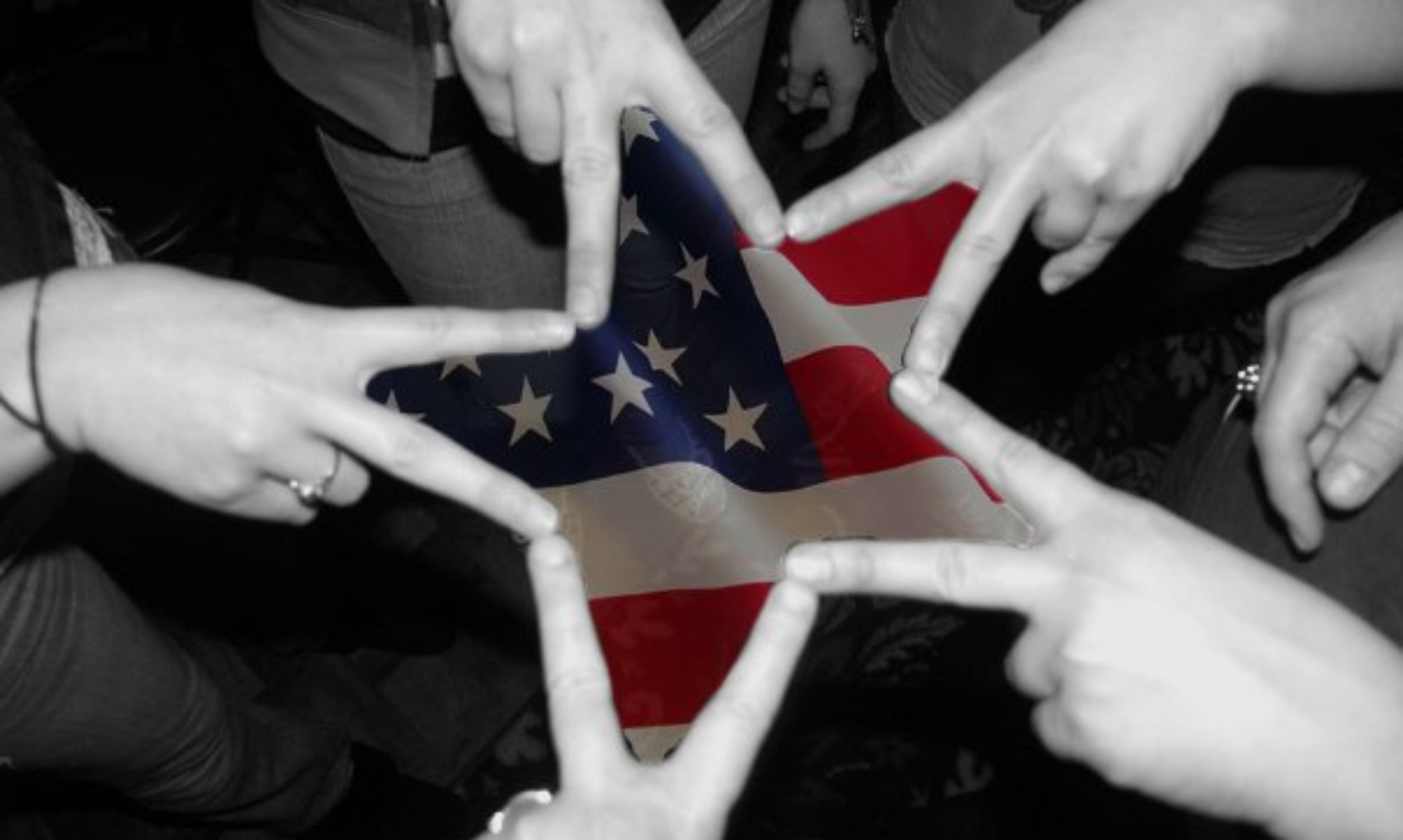Overview
As American men and women continue to be deployed around the globe, yellow ribbons can be seen in towns and cities all across the United States, a phenomenon many will recall from the Gulf War of 1991, when similar decorations adorned tree trunks, front doors and lapel pins until the troops came home from the battlefield.
At its broadest, the display of a yellow ribbon signifies home front support for American military personnel if not the war effort in general; at its most personal, it signifies the hope that a loved one participating in a distant conflict or posted abroad will return safe and sound. In any case, “tying a yellow ribbon” has become a familiar symbolic act that many people assume its origins to be quite old, though folklorists say the history of the practice as we know it today is relatively short.
‘She Wore a Yellow Ribbon’
According to one popular misconception — evidently a by-product of the 1949 John Wayne film “She Wore a Yellow Ribbon,” in which the female lead did just that to express her undying love for a cavalry officer — the custom originated during or just after the American Civil War. But even though the motif of that film, not to mention its title and theme song, derived from a folk ballad dating back hundreds of years in different versions, there is no historical evidence that Americans of the Civil War period (or any period since, through the mid-20th century) actually wore yellow ribbons to express such sentiments.
The fact is, according to research published by the late Gerald E. Parsons, longtime librarian of the Folklife Reading Room of the Library of Congress, the custom didn’t exist at all before 1980, when the idea of displaying yellow ribbons in honor of the 52 Americans held hostage by Iranian militants seemingly emerged from nowhere and took the country by storm — a tribute said to be indirectly inspired by the popular song “Tie a Yellow Ribbon Round the Ole Oak Tree,” composed in 1972, which in turn was inspired by an oral folktale circulating since the 1950s (for the particulars, see Gerald Parsons’ essay: “Yellow Ribbons: Ties with Tradition“).
From Jailbirds to G.I.s
Granted, the lyrics of “Tie a Yellow Ribbon Round the Ole Oak Tree,” not to mention the folktale on which they were based, both tell the story of a paroled convict’s prospective homecoming, rather than that of a soldier stationed overseas. Similarly, the Iran hostage crisis involved civilians held captive on foreign soil as opposed to military personnel in combat. But once the basic connection had been drawn between the plight of Americans endangered in conflicts abroad and displaying yellow ribbons as a form of tribute & hope for their safe return, the stage was set for a fresh application — first in 1991 to the troops who fought in the Gulf War, and now, in current conflicts around the globe.
The very fact that this shift took place, argued Gerald Parsons, lends the yellow ribbon weight as a folk tradition in spite of its brief historical lifespan. “Ultimately,” he wrote, “the thing that makes the yellow ribbon a genuinely traditional symbol is neither its age nor its [supposed] association with the American Civil War, but rather its capacity to take on new meanings, to fit new needs and, in a word, to evolve.”

